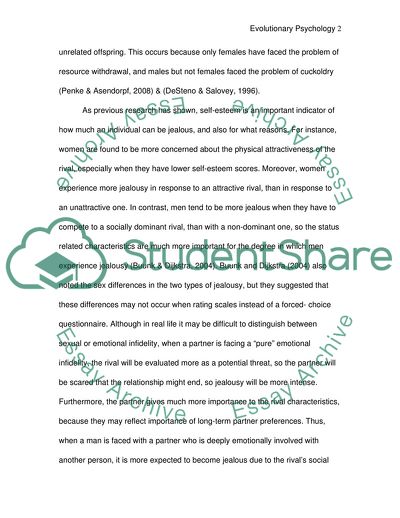Cite this document
(Gender Differences in Jealousy Lab Report Example | Topics and Well Written Essays - 2000 words, n.d.)
Gender Differences in Jealousy Lab Report Example | Topics and Well Written Essays - 2000 words. Retrieved from https://studentshare.org/gender-sexual-studies/1741624-sex-differences-in-jealously
Gender Differences in Jealousy Lab Report Example | Topics and Well Written Essays - 2000 words. Retrieved from https://studentshare.org/gender-sexual-studies/1741624-sex-differences-in-jealously
(Gender Differences in Jealousy Lab Report Example | Topics and Well Written Essays - 2000 Words)
Gender Differences in Jealousy Lab Report Example | Topics and Well Written Essays - 2000 Words. https://studentshare.org/gender-sexual-studies/1741624-sex-differences-in-jealously.
Gender Differences in Jealousy Lab Report Example | Topics and Well Written Essays - 2000 Words. https://studentshare.org/gender-sexual-studies/1741624-sex-differences-in-jealously.
“Gender Differences in Jealousy Lab Report Example | Topics and Well Written Essays - 2000 Words”. https://studentshare.org/gender-sexual-studies/1741624-sex-differences-in-jealously.


